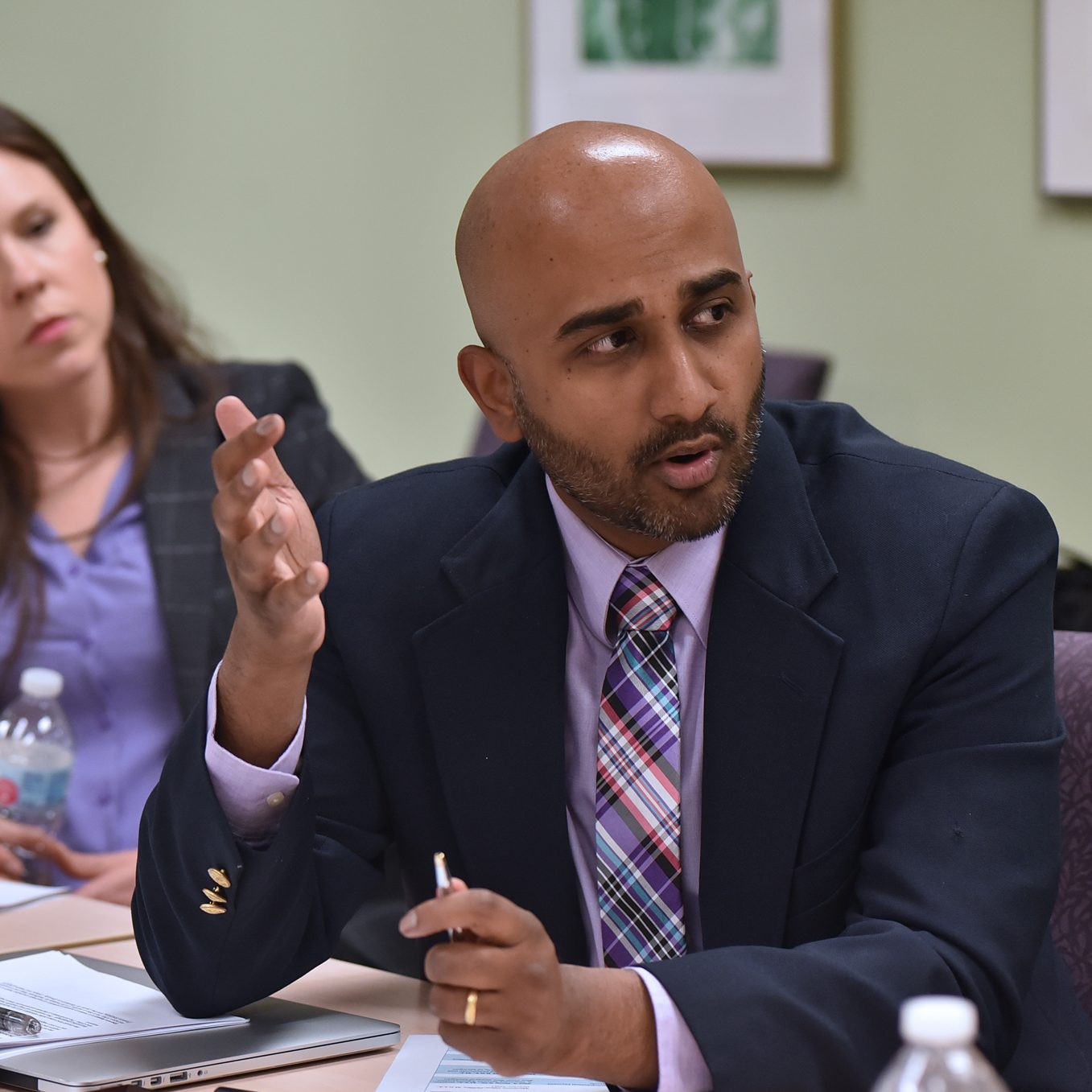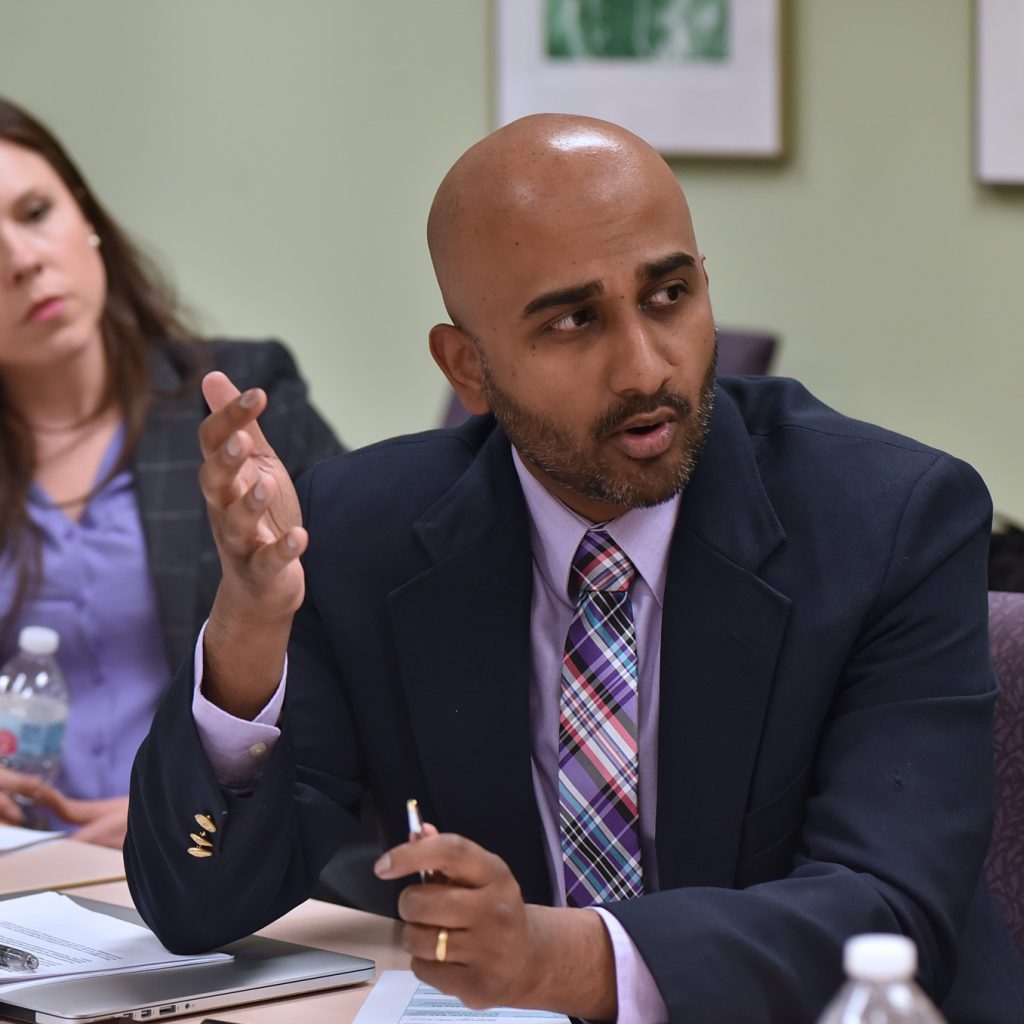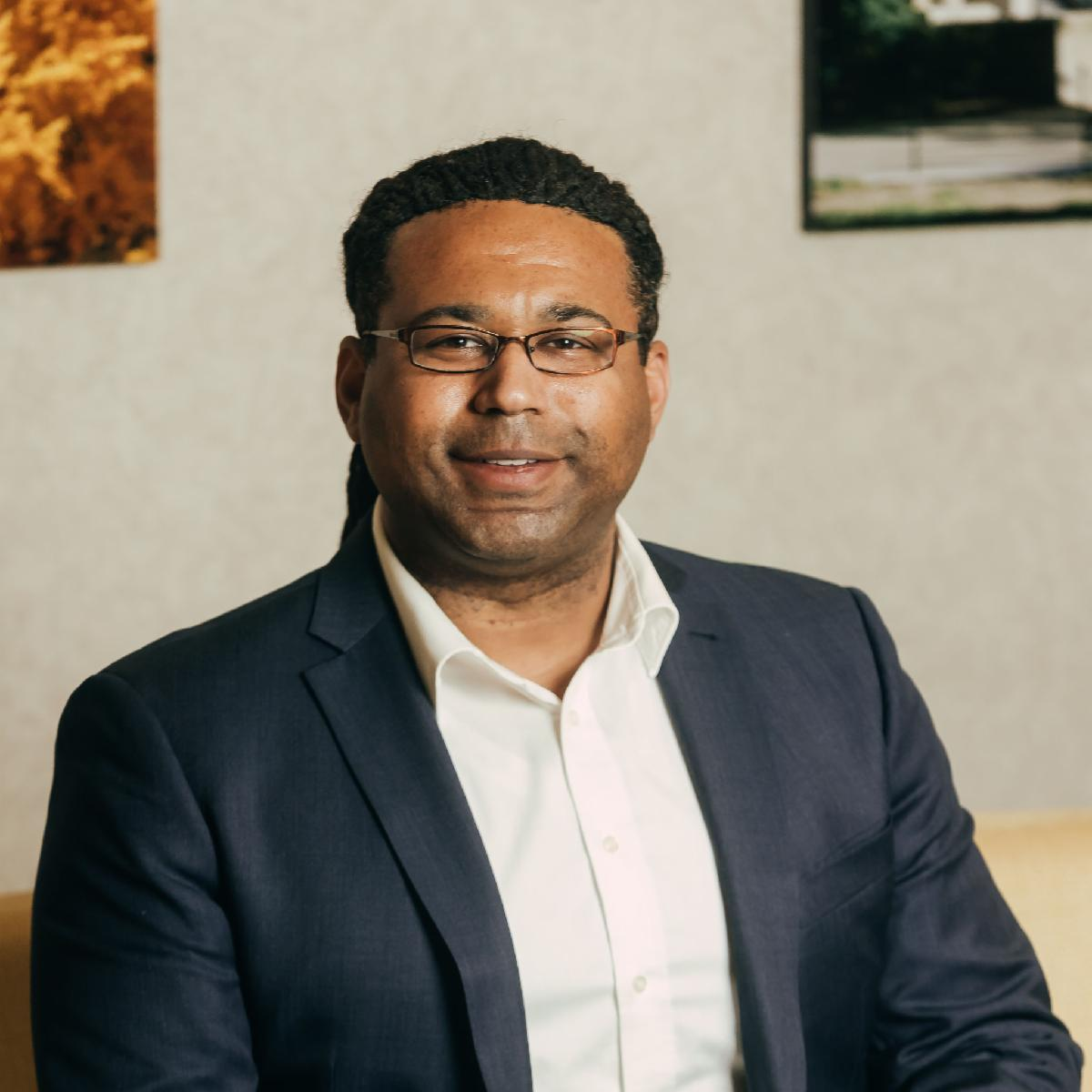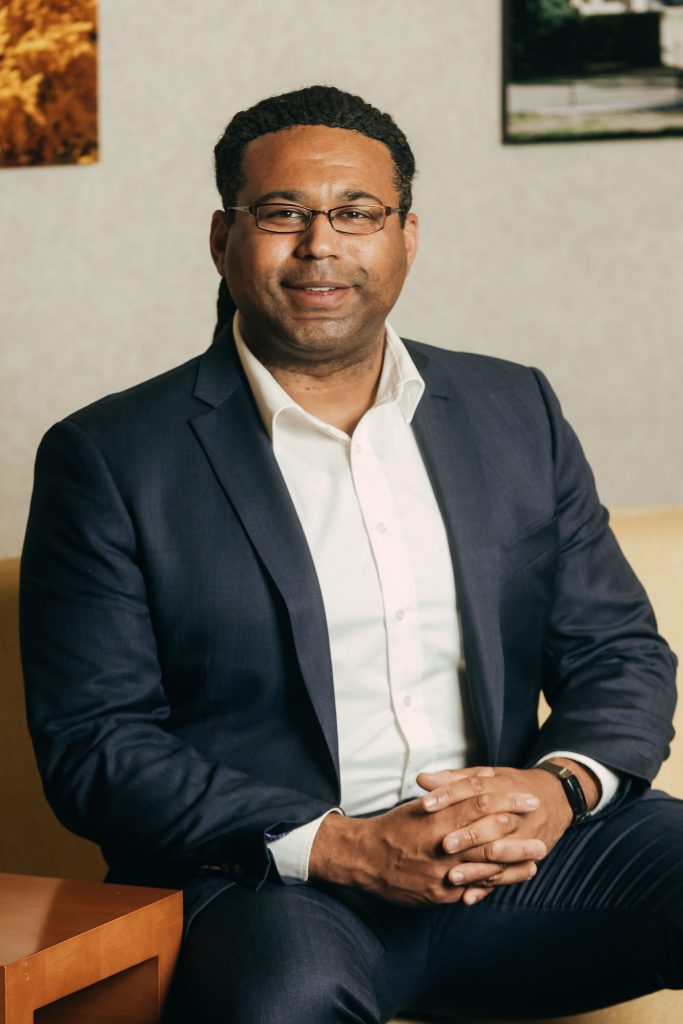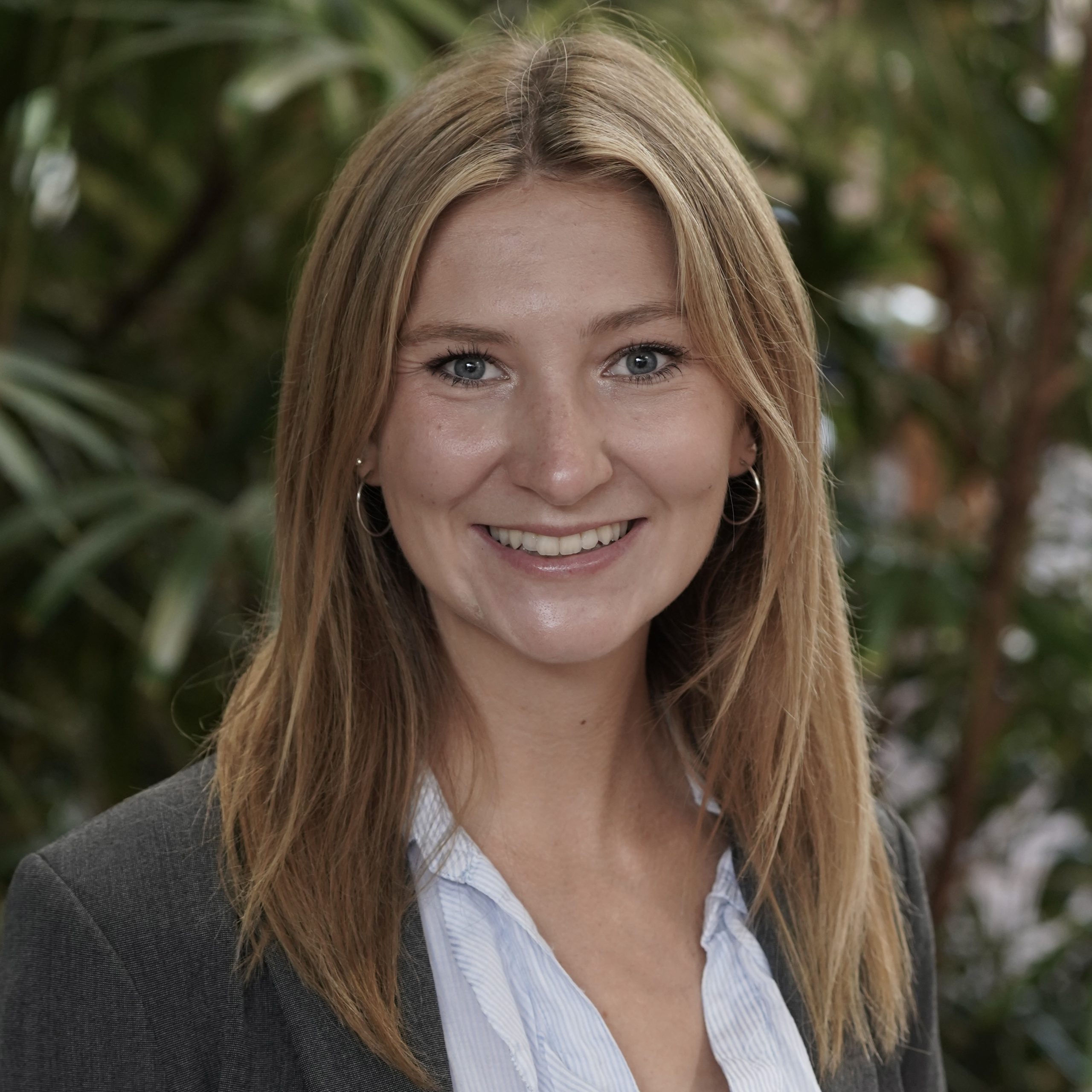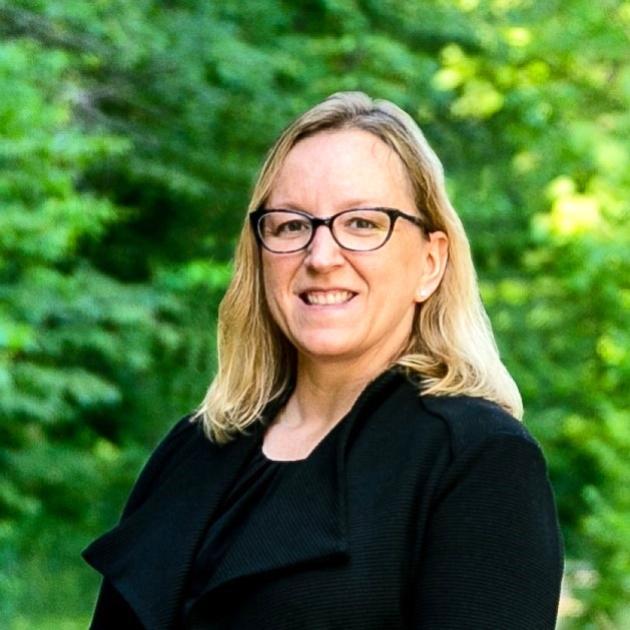Joshua Traylor joined CHRT as executive director on November 1. We sat down with him to learn more about him, his background, and his plans for CHRT.
What interested you in joining CHRT as ED?
I was born and raised in Washtenaw County so when the CHRT opportunity was posted, a few people from Michigan brought it to my attention. I had been working in the national policy space for quite a while and saw this as a great opportunity to come back to my home state and contribute to state and local reform efforts.
At the federal level, you hope you’re doing good work, you hope your work is impactful, but you don’t necessarily see the work being carried out on the ground the way you do at the state or local level. For me, CHRT was offering an opportunity to re-engage with that state and local effort and make a tangible impact. I also saw joining CHRT as an opportunity to use what I learned at the federal level to help increase CHRT’s reach and impact. I know CHRT has done a lot of good work over the years, and there’s an opportunity to take what CHRT has done and use it to inform national healthcare policy.
Was that the first time you’d heard of CHRT?
I actually started my career at CHRT as an early career fellow right out of grad school. I worked primarily on the data analytics team and cut my teeth doing claims data work, writing issue briefs, and developing recommendations for clients. I also was active in the initial phases of the Washtenaw Health Initiative (WHI).
What parts of CHRT’s mission and work are closest to your heart?
What I really like about CHRT is how interdisciplinary the organization is. I tend to think at a systems level about how different threads interact to create the outcomes we see. CHRT is one of the few organizations that brings together policy, data analytics, program operations, research, evaluation, and communications all under one umbrella. This is important because so many of the health and social issues we face are multisectorial. Addressing them requires many different components to move together and you need interdisciplinary teams to do that work.
What attracted me about CHRT as an early career fellow was its healthcare policy focus. When I looked around Michigan, especially the Ann Arbor area, CHRT felt like the spot to be. I wanted that opportunity to dig into the data analytics work and understand how our healthcare payers, providers, and employers make decisions. I was looking for insight into how different stakeholders impact the way healthcare works on the ground, and CHRT was absolutely perfect for that.
What other knowledge and experience will you bring to CHRT?
After my CHRT fellowship, I went to the Center for Medicare and Medicaid Innovation. CMMI was established to test innovative health care reform ideas intended to reduce costs and improve quality. I felt it was important to understand the impact of health care payment and care delivery reform efforts on behavior and outcomes.
I started my time at CMMI working on the State Innovation Models (SIM) team where I got to see how different states and territories grappled with health care issues, and think about the ways federal policy could enable, or impede, that work. Next I went to the Prevention and Population Health Group, where I worked on the design of the Integrated Care for Kids Model where I learned a lot about the opportunities and issues with reform efforts in the Medicaid space.
I left CMMI to join the Healthcare Transformation Task Force (HCTTF), a DC based non-profit that brings together healthcare payers, providers, purchasers, and patient organizations interested in payment and care delivery reform efforts. I had the opportunity to work with state and national payers, health systems, and patient advocacy groups to build consensus on a range of issues including payment model design, health equity promotion principles, and multi-payer alignment strategies. The Task Force was like a graduate program on topics you don’t learn about in grad school.
How did your work in DC intersect with what’s been happening here in Michigan?
At CMMI, I was the project officer for the State Innovation Model (SIM), so I was responsible for project management on the federal side of the program and interacted with a number of states, including Michigan. I provided technical assistance where I could and liaised with our grants office at the federal level to make sure we could fund things appropriately. I also looked for opportunities to connect the SIM folks in Michigan to other states, federal initiatives, and agencies that could inform their work.
What accomplishment are you most proud of?
I’ll give you three at different places. Early in my career at CHRT, I worked on the launch of the WHI, a voluntary collaborative of local individuals and organizations dedicated to improving the health of low-income, uninsured, and under-insured populations. I was interested in the concept that you could bring together so many different community level entities under one umbrella to improve care delivery. The WHI experience was really formative in my early career.
At CMMI, my work on the Integrated Care for Kids model. We began working on that model in 2015 and continued designing it through the 2016 presidential transition, when a lot was up in the air and a number of programs wound up not making it to fruition. I’m proud to have been a part of the team to design that model and shepherd it all the way through and make sure it got out the door as a funding opportunity for states.
At the Task Force, one of the biggest projects I worked on was called Raising the Bar, a Robert Wood Johnson Foundation (RWJF)-funded initiative to develop principles and action steps to advance health equity. It involved creating principles and action steps for healthcare organizations that were interested in advancing health equity. That effort has gotten quite a bit of traction and been used in a lot of different places.
What books are on your nightstand?
Right now? Goodnight Moon. I have a four year old and a two year old. Not a lot of free time for book reading beyond that!
But I would say a book that I have recommended time and again to students, mid-career, and even late stage career folks who want to understand the US healthcare system is a book called The Healing of America by T. R. Reid.
We often talk about the U.S. healthcare system when what we really have is a collection of several health care systems. The Healing of America is one of the most approachable descriptions I’ve seen of all these healthcare systems and how they compare to those in other countries.
What do you do in your free time?
I love motorcycling, especially long distance motorcycle trips (though I don’t ride nearly as much since becoming a parent). I’ve ridden from Michigan to California and from DC to the Dakotas. I love to explore and I like to fix things so riding and motorcycle maintenance check both of those boxes. I also really like to garden and cook. If I have a garden and a well-stocked kitchen and folks to entertain, that’s my happy space.
What are your favorite places to visit in Ann Arbor or Michigan?
I grew up just outside Ann Arbor, and I went to school in Ann Arbor for my whole education from kindergarten to graduate school. The city changed a lot over that time but a few places feel like constants to me. I love the Arb, Kerrytown, and the farmers market. As a kid, I used to go to the Ann Arbor Y with my parents on the weekends and then after that we would go to the farmers market and Kerrytown for lunch. I have tons of fond memories of that area from childhood. And I’ve always loved walking through Nickels Arcade at Christmas time when all the lights are up and it’s snowing.
I also like North Campus. It’s an area not a lot of people go to unless you are in the engineering, music, architecture or urban planning programs. I was an engineering student for my freshman and sophomore years at Michigan. I appreciated the relative solitude of North Campus. There are also a ton of interesting hidden features you would miss if you didn’t know about them. For example, there is a natural echo chamber if you stand at one spot outside Pierpont Commons. There is also a grass field behind one of the engineering buildings that’s been shaped into a three-dimensional sine wave. It was designed and created by Maya Lin, the artist who did the Vietnam War Memorial in D.C. It’s a fun place if you have kids because they can run up and down the sine waves.
What are your goals for CHRT’s next few years?
Right now I’m in the phase of understanding all the work that’s going on and meeting all the leaders and partner organizations that CHRT is working with. The interdisciplinary nature of CHRT – bringing together policy, data analytics, research, evaluation, program implementation, communications, and finance – is a real strength for the organization. Our team also has experience working on a range of key health and social policy topics and initiatives. I think the perspective and skills of the CHRT team offers us the opportunity to help shape an ambitious but attainable vision for improving the health and wellbeing of our region and the state.
To be able to do this, I want to make sure we have good sustainable funding streams in place so we can support the ongoing work and be able to pursue the passion projects that attract people to work here.
Finally, I want to elevate the lessons learned at CHRT to the federal level and to create greater interconnection between CHRT and organizations that have similar missions in other parts of the country. I see a lot of opportunities for collaboration, shared learning, even partnership on projects.
What would you like to say to the CHRT community?
I’m really looking forward to getting to know the people who currently partner with CHRT, and to identifying new opportunities and new projects. CHRT has the opportunity to be a neutral convener and do the visioning work that pulls together different perspectives. I’m looking forward to partnering with people to do that.

